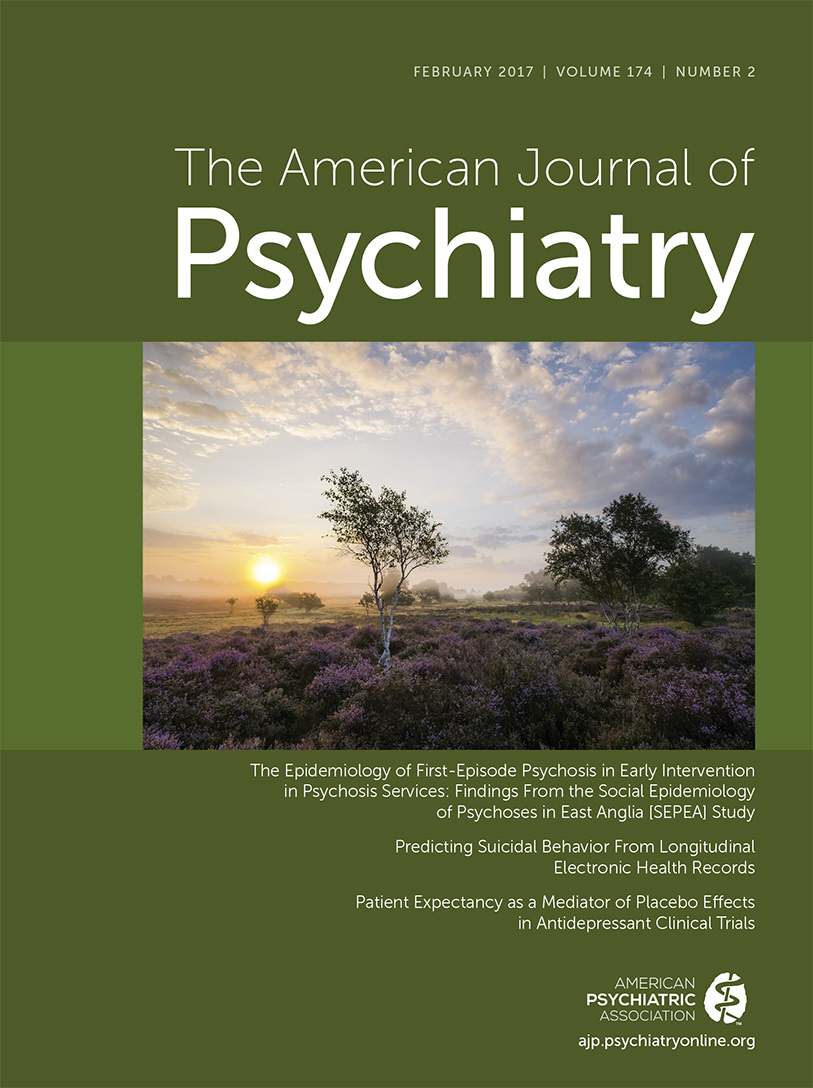Kahlbaum, Hecker, and Kraepelin and the Transition From Psychiatric Symptom Complexes to Empirical Disease Forms
Abstract
The nosology for major psychiatric disorders developed by Emil Kraepelin in the 1890s has substantially shaped psychiatry. His theories, however, did not arise de novo, being strongly influenced by Karl Kahlbaum and Ewald Hecker. From the 1860–1880s, they articulated a paradigm shift in the conceptualization of psychiatric diagnosis, from symptom-based syndromes, popular since the late 18th century, to proto-disease entities. This effort was influenced by parallel developments in general medicine, especially the rise of bacterial theories of disease where different syndromes had distinctive symptoms, courses, and etiologies. Their thinking was particularly shaped by the increasing understanding of general paresis of the insane. Indeed, this disorder, with its distinct course and characteristic symptoms, was paradigmatic for them. Their hope was that a similar progression of medical understanding would evolve for the other major psychiatric syndromes. Their thinking and its connection with Kraepelin’s nosology are illustrated through a close reading of their essays on hebephrenia, catatonia, and cyclic insanity. Kahlbaum, Hecker, and Kraepelin shared both a commitment to a clinical research agenda for psychiatry (to utilize methods of clinical assessment and follow-up to help define disease forms) and a skepticism for the brain-based neuropathological paradigm of psychiatric research then dominant in most European centers. Understanding the historical origins of our key diagnostic concepts can help us to evaluate their strengths and limitations. It remains to be determined whether this “Kahlbaum-Hecker-Kraepelin paradigm”—defining disorders based on distinctive symptoms and course—will produce psychiatric syndromes of sufficient homogeneity to yield their etiologic secrets.



